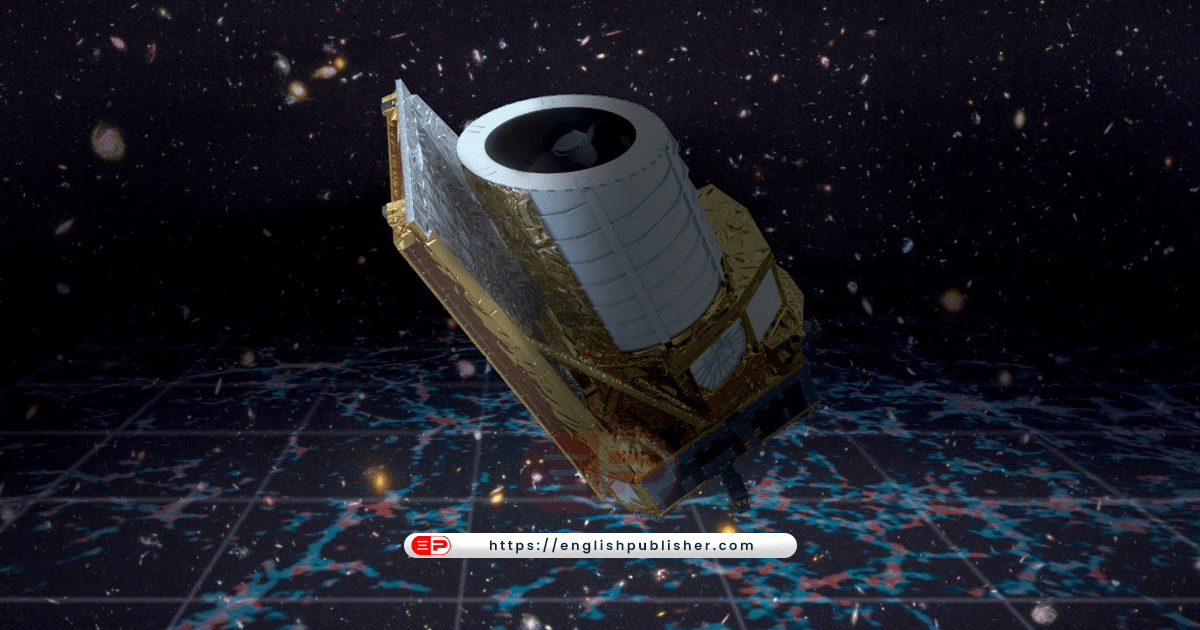Scientists plan to uncover 95% of the universe made up of dark matter and energy
Researchers working on the Large Hadron Collider (LHC), the world’s largest particle accelerator in Switzerland, have submitted a proposed project for a new and many times larger supercollider.
In the Large Hadron Collider, located in a 27-kilometer tunnel on the border of Switzerland and France, scientists want to reveal the secret of the creation of the universe by colliding particles.
The purpose of this new project is the discovery of new particles, which will revolutionize physics and learn more about how the universe works.
If approved, the new collider will be three times larger than the LHC.
But the 12 billion pounds (more than 42 trillion Pakistani rupees) needed for it has become a cause of concern for some people, with one critic calling the expenditure “reckless”.
This value is only for the initial construction and it will be given by the member countries of the LEHC’s supervisory body CERN. But some experts are questioning whether this expensive project is needed or not.
The LHC’s biggest success was the discovery in 2012 of a new particle called the Higgs boson. But then the project found it difficult to understand dark matter (dark matter) and dark energy (dark energy). Some researchers are of the opinion that there are even cheaper ways to achieve this goal.
Dark matter and dark energy are very important in physics.
Dark matter is the matter in the universe that cannot be directly observed. However, it affects the space dust between galaxies, stars, and galaxies through gravity. And it has puzzled scientists for a long time.
While dark energy is the mysterious type of energy that is driving galaxies away from each other as a result of the rapidly increasing attraction between them.
The new machine has been named ‘Future Circular Collider’ (FCC). CERN Director General Professor Fabiola Giannotti said it would be a “beautiful machine” if approved.
“It’s a tool that will increase knowledge about our universe and help us answer the fundamental questions of physics,” she says. To answer these questions, we need a more powerful tool. ‘
CERN is located on the Border of Switzerland and France near Geneva. The LHC is a 27-km-long circular tunnel. In this, the speed of the hadrons in the atom is made as fast as the speed of light and then they are collided.
With the help of subparticles formed by collisions, scientists try to find out what the atom is made of and how they connect with each other.
The stage after the historical discovery
Ten years ago, the supercollider led to the historic discovery of the Higgs boson.
In 1964, British scientist Peter Higgs proposed the theory that there is a subatomic particle that shapes all other particles in the universe. But it was discovered at the LHC in 2012. This was the last link in the puzzle of the current subatomic or subatomic theory of physics called the ‘Standard Model’.
It has been proposed that an FCC larger than the LHC be built in two phases. In the first phase, it will be active in the mid-2040s and there will be a collision of electrons.
It is expected that due to the extra energy, a higher number of Higgs boson particles will be formed and scientists will be able to observe it in detail.
The second phase will begin in the 2070s and will require a more powerful magnet. Such a powerful magnet that it has not yet been created.
The FCC will be three times that of the LHC and its distance will be 91 kilometers and the depth will be double.
Why need a larger hadron collider?
This is because the LHC, which has been active since 2008 at a cost of £3.75 billion, has failed to find particles that give up the remaining 95% of the universe’s information.
Scientists are still searching for two major unknowns, dark matter and dark energy.
Professor Fabiola Gianotti says, “There is a lack of something big. ‘
She says the FCC is needed because the discovery of these dark particles will lead to a new more complete theory of how the universe works.
Chart of dark matter, dark energy and normal matter
Twenty years ago, many researchers in CERN predicted that these mysterious particles would be discovered from the LSC, but this did not happen.
Critics such as Dr Sabine Hossenfelder of the Munich Centre for Mathematical Philosophy say there is no guarantee that the FCC will succeed.
“Particle physics is a field of research that is vast for historical reasons and is heavily funded. It came out of nuclear physics and needed to be reduced to a reasonable volume. Perhaps one-tenth of its current volume. ‘
Professor Sir David King, a former chief scientific adviser to the British government, said he believed the £12 billion spent on the project would be “reckless”.
“When the world is facing the threat of a climate emergency, wouldn’t it be wise to use these research funds in efforts to create a better future?” he says.
There is also a debate among particle physics scientists whether a large circular collider is the best option.
Professor Eden Robson of the University of Glasgow told that a collider made in a straight line would be cheaper.
“There are three advantages. The first straight machine that can be made step by step. The second is that the cost of each stage will be different, the cost of the initial stage will be low and the third advantage will be that the tunnel will be small and it can be built quickly. ‘
But CERN’s priority is the FCC. This is the result of extensive consultations between physicists in Europe and around the world, and it is an attempt to gauge the response of their member states to their proposal that pays for the new machine.
